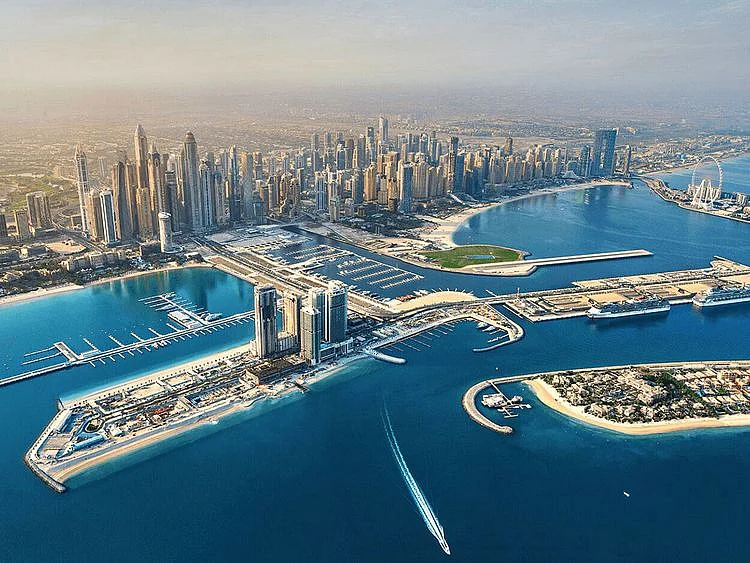Dubai property market makes slight readjustments on pricing
Pricing patterns are changing even as global buyer interest stays high

Real estate agents have a saying: “There’s a buyer for every house, but there may not be a house for every buyer”. That is the textbook definition of a seller’s market, and summarises the astonishing two years that have transpired in Dubai’s real estate market.
After the onset of the pandemic, the dominant narrative remained one of oversupply, even as prices started to rise. What no one expected was the speed with which prices rose, especially at the luxury end, where assets were snapped up within minutes, sometimes at as much as 50 per cent higher than the asking price. Everyone rushed to explain the rise - passive income, financial independence, momentum trading, and even flipping. These are buzzwords but hardly new concepts. Rather, it has been the natural culmination in the way housing has been transformed into an investment vehicle along with a recognition of Dubai’s standing in global real estate markets.
As agents became oracles, what was lost was the underlying theme, which was the fact that in many cases, real estate assets were below replacement values. This was the catalyst, rather than the post-Covid ‘revenge demand’ that drove prices higher. As expected, there has been a flurry of new projects announced to meet rising demand.
Today, with higher interest rates, the increase in cash sales, along with an emphasis on developer financing is not new either. Real estate markets move in cycles, and with higher costs of money involved, we have seen assets sit on the market longer. And in some cases, some ‘discount’ being offered, especially as overtly high aspirational prices (especially in the luxury segment) start to fall back to Earth, and as mortgages start to hit monthly budgetary household spending.
Liquidity is very much available
Listing data is starting to show prices starting to reduce, ever so slightly, in the offplan segment as well, as the pendulum swings back to the mentality of buyers who want a deal. For potential end-users, this is somewhat of a relief, who have been served with eviction notices from their landlords and who have found it difficult to bid on homes.
Investors and homeowners need to keep in mind that a cheery consensus is something that they will pay dearly for, regardless of the cheerleading rhetoric of the sell side. This, however, is not cue for a 2008 redux.
The last time Dubai saw such rampant price growth was prior to 2008, after which it infamously corrected itself. Back then, a geyser of liquidity sputtered out due to the global financial crisis. This cycle is better explained analogously as a river with multiple streams of liquidity driven by demographic reforms. The underlying dynamics of the economy remain strong.
Keep home ownership on track
The problem is that on the buy side, the expectation is that prices are or will fall much more than they have. On the sell side, there remains an equally strong conviction that ‘this time is different’, perhaps the most dangerous words in the financial lexicon.
The probable reality is that neither is the case; a correction is already underway in some markets (euphemistically referred to by analysts as a ‘plateau’ effect). In other areas, there remains a steady secular demand from end-users as markets have normalised to what should be expected from a stable growth economy.
In commercial areas, as well as many communities, prices have not seen their highs since 2008, and the upside potential remains, as replacement values move higher on the back of rising costs of building materials (another sign of market that is exhibiting signs of slowing down).
Some softening in prices is needed
Today, no one can argue that this is a buyer’s market, which was the case for a few years prior to the pandemic. As worldwide house prices move lower, risk/return variables are recalibrated, as relative valuations change.
However, when speaking of relative valuations, investors would do well to remember that even after the correction in many of the international housing markets, they remain elevated by historical standards. A global populace of talent that is looking at Dubai and the UAE knows this instinctively. Perhaps the most important factor driving the housing market is demographic inevitability. As Cityscape welcomes the world, home ownership along with replacement values are the factors for investors to keep in mind.
Network Links
GN StoreDownload our app
© Al Nisr Publishing LLC 2025. All rights reserved.